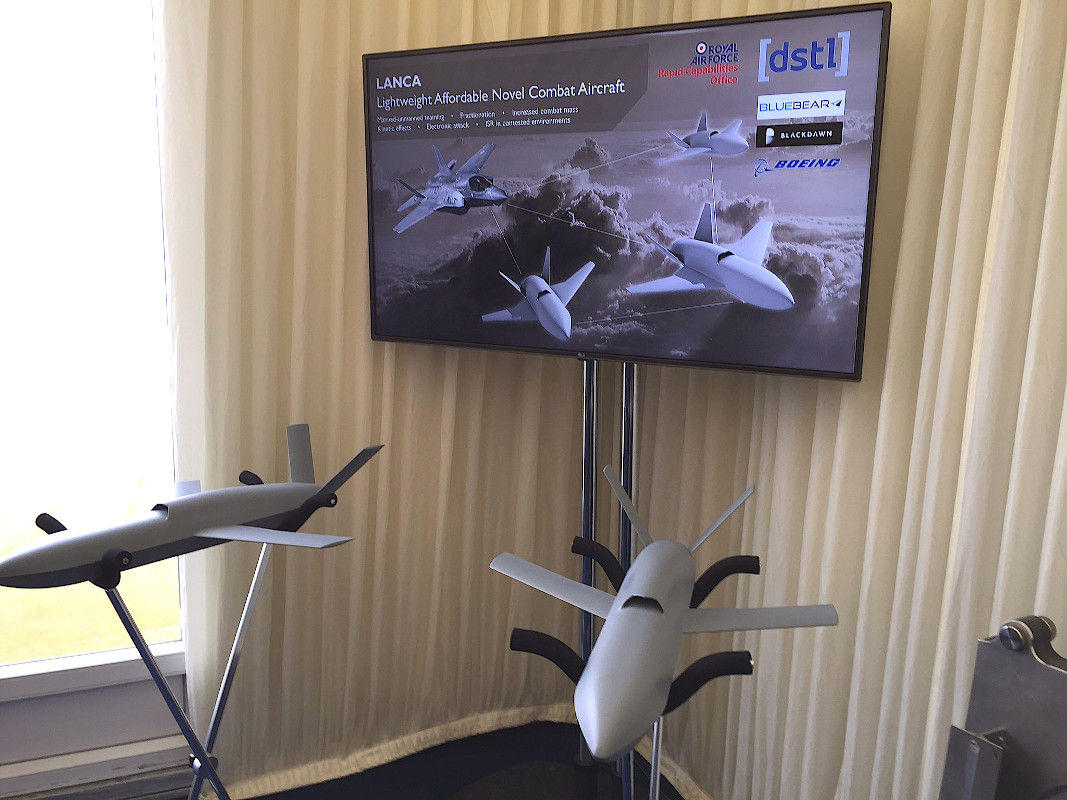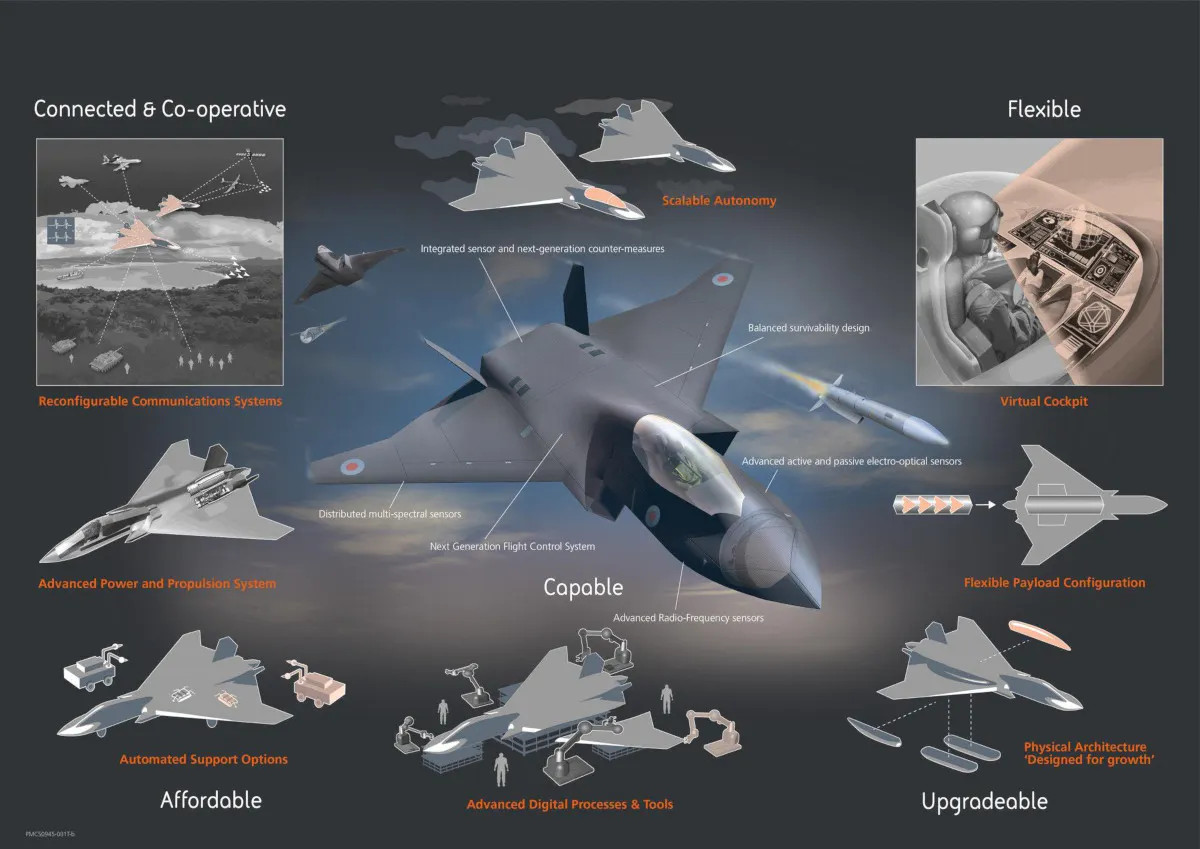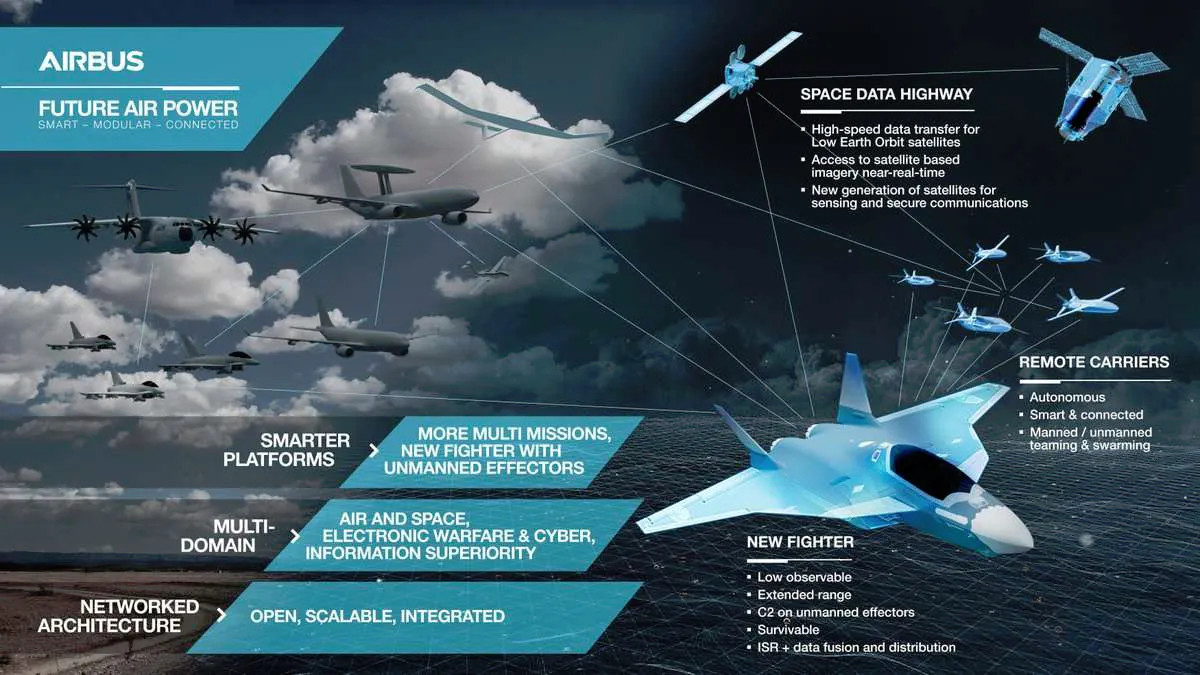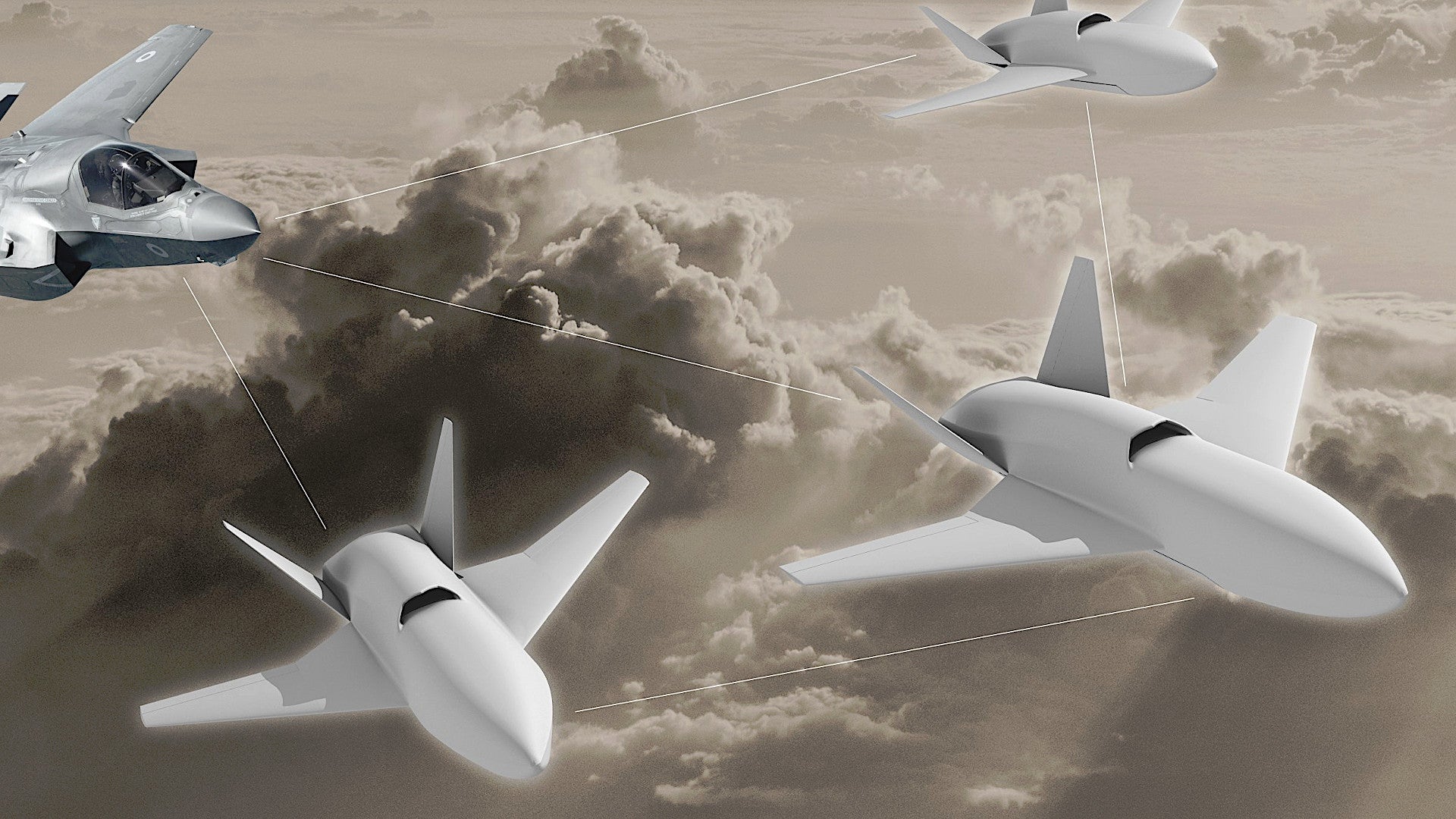The U.K. Ministry of Defense plans to pick at least one of three competing designs in the next few months to proceed to the flight test phase of its program to develop loyal wingman-type drone prototypes. The goal of this effort is to demonstrate the feasibility of a low-cost unmanned aircraft that could potentially work together with the country’s Eurofighter Typhoons and F-35B Joint Strike Fighters, as well as a future stealth fighter jet in the works now under the separate Tempest project.
FlightGlobal
was first to report on the latest developments with regards to Project Mosquito, a technology demonstration effort within the larger Lightweight Affordable Novel Combat Aircraft (LANCA) program, on June 30, 2020. The U.K.’s Defense Science and Technology Laboratory (Dstl), an executive agency of the country’s Ministry of Defense, is leading both of these projects.
“We anticipate being able to announce the results of the phase 2 evaluation later in the summer,” Peter Stockel, the lead official for Dstl’s Autonomous Systems and Innovation Autonomy Challenge, told FlightGlobal. Stockel added that all three entrants in the first phase – Boeing, a Blue Bear Systems Research-led team, and another partnership called Black Dawn, which includes the Belfast division of Bombardier Aerospace and Northrop Grumman U.K. – had submitted proposals for the second phase of the project. Dstl has left open the possibility that it could award new contracts to more than one of these contenders.
None of the firms have revealed details about their prospective drone concepts, which they were contracted to be refined during the first phase of the program, which began last year. In July 2019, the U.K. Royal Air Force’s (RAF) Rapid Capabilities Office, together with Dstl, displayed models representing a notional design at that year’s Royal International Air Tattoo.

The models featured a relatively narrow fuselage with swept wings and a v-tail. It appeared to have some low-observable (stealthy) features, including a top-mounted air intake with an angled front edge, chine line that bisects the upper and low fuselage, and a shrouded exhaust. This was a somewhat more simplistic design than the ones previously featured in concept art that the U.K. Ministry of Defense had previously released for the LANCA program, which first emerged publicly in 2017.

It’s worth noting that Boeing’s Australian division is already well into the prototype stage of development of a loyal wingman-type drone for the Royal Australian Air Force as part of that country’s Airpower Teaming System program, which you can read about more in this past War Zone piece. It is very possible, if not probable, that that work has informed the company’s proposal for the second phase of Project Mosquito.
In addition, American drone-maker Kratos is curiously absent from the competition. This is the company behind the U.S. Air Force’s XQ-58A Valkyrie drone, which that service is already experimenting with as a possible loyal wingman, as well as an unmanned platform to take on other roles, such as communications relay. Kratos has already sold target drones to the U.K. military, as well.


The LANCA program’s primary overarching goal is to develop and acquire a fleet of “attritable” drones that would operate primarily together with manned aircraft, such as the Typhoon, the F-35B or future Tempest, but could ultimately operate individually or in autonomous swarms. Attritable means that the unmanned aircraft would be reusable, but low-cost enough that commanders would still be comfortable using them for higher-risk missions where there might be a greater chance that they would not survive.

The LANCA drones are also expected to have modular designs allowing them to be readily configured to perform various roles, including intelligence, surveillance, and reconnaissance, electronic warfare, and strike missions. The use of open-architecture systems would also allow for the rapid integration of new and improved capabilities and functionality in the future.
The core idea is that these unmanned aircraft would give the RAF significant additional aerial combat capacity at a relatively low cost, a principle that Project Mosquito is meant to demonstrate. This program is one of a number of advanced unmanned aircraft efforts the U.K. Ministry of Defense is pursuing, which also include a project focused on developing swarms of smaller drones. The RAF is also working to stand up a dedicated drone development unit, 216 Squadron, but this has been delayed by the COVID-19 pandemic.
It’s possible that LANCA, and the fielding of any loyal wingman-type drones it produces, could serve as a stepping stone in the broader integration of increasingly more capable unmanned aircraft in the RAF and other elements of the U.K. armed forces. U.K.-headquartered BAE Systems has already spent some 15 years working on Taranis, a testbed for a much more advanced fully-autonomous and very low observable unmanned combat air vehicle (UCAV). In the past, the plan for Taranis-derived UCAV to enter service sometime after 2030.

This sort of tiered development process is very similar to drone efforts that a number of other countries, especially the United States, are also pursuing. The U.S. Air Force, in particular, has a number of major unmanned aircraft and autonomous flight system programs in the works now, including its Skyborg project, which is looking to develop a suite of artificial intelligence-driven flight systems to fly semi-autonomous loyal wingman-type drones and possibly even full-size UCAVs.
The European Future Combat Air System (FCAS) program, which is focused primarily on the development of a manned stealth fighter, is also set to include work on “remote carriers,” another term for loyal wingman-type drones. France, a member of the FCAS program, also continues to test the nEUROn UCAV demonstrator, which is similar in form and function to the BAE Taranis.

By comparison, Dstl hopes to have the Project Mosquito demonstrators flying by 2022. “We have asked that demonstration system flights are delivered using full-scale vehicles,” Dstl’s Stockel told FlightGlobal, though he did say that companies would be free to use sub-scale test articles for risk-reduction purposes. This has been common in similar efforts.
Phase 2 of this project is supposed to be completed entirely by 2023. It’s possible that, depending on the outcome, the effort could then transition to the development of a more robust, production-ready design for actual operational use.
Whatever the case, hopefully after the U.K. Ministry of Defense picks the design or designs it wants to move to the flight test phase, we will get a look at what could be the basis for the RAF’s first loyal wingman drones.
Contact the author: Joe@thedrive.com
